Taqiyah vs Kippah vs Zucchetto, it's not so much a debate as an interesting comparison.…
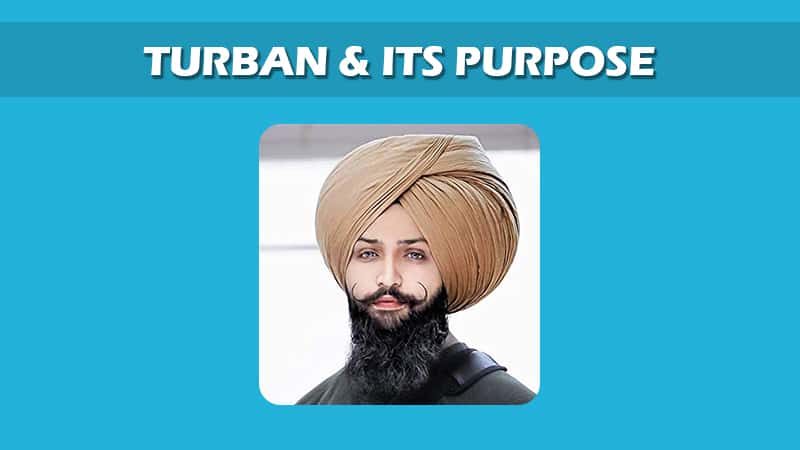
Turban & its Purpose – 19 Things You Should Know
A turban is a unique head covering with a very long history.
Turbans started as part of the royal attire, but today they are popular among many cultures worldwide.
For most people, wearing a turban is a religious custom, while for others, it is a way to protect the head from sunlight or simply a fashion accessory.
The type of turban indicates a lot about your personality and shows if you are wearing a turban for cultural beliefs or fashion.
Here are 19 interesting facts about turbans.
1. What is a Turban?
A turban is a head covering traditionally made by winding a long cloth around the head. Turbans come in many different colors, shapes, and sizes.
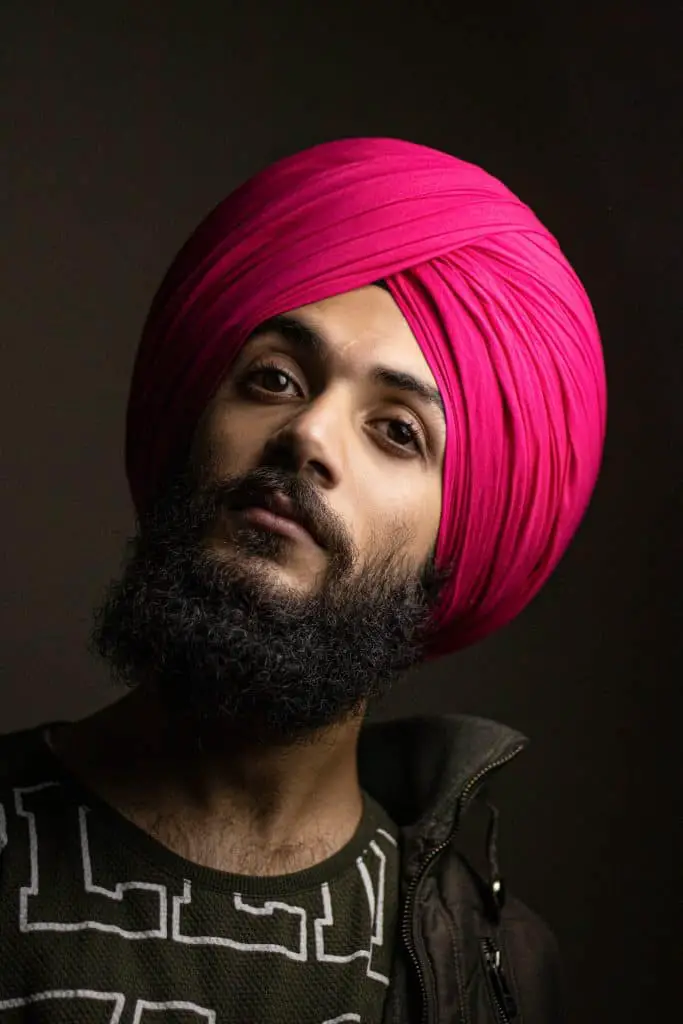
2. Who Wears Turbans?
Turbans play a significant role in religious attire. Many cultural and religious groups like Sikhs, Hindus, Christians, and Shia Muslims wear turbans. Each religion customizes the turban to suit its beliefs.
In Sikhism, kids must also wear turbans. A turban for a kid is called a Patka. A Patka is a lot smaller in size than a turban. The smallest size can be just 18 inches by 18 inches.
Some Muslim communities also wear turbans. It is said that Prophet Muhammad wore a white turban. Today, most Shiah Muslims wear white turbans.
Turbans are also prominent among African and Caribbean women. These turbans are colorful and usually printed with designs, mainly used to protect the scalp and hair from the sun. Some African women also wear turbans to indicate marital status.
And then some people wear turbans simply because they look and feel good and keep hair in place.
3. Why Do Sikhs Cover Their Hair?
According to Sikh customs, both men and women must cover their hair. Sikh men and women must not cut their hair. A turban helps keep long hair safe and intact.
Sikhs also believe that turbans are a gift from their gurus. In Ancient times, wearing a turban used to indicate social status, as only rulers and kings wore turbans. But according to Sikh beliefs, all humans are ultimately divine and equal, and the turban indicates this.
4. Do Sikh Women Wear Turbans?
Traditionally, only Sikh men wore turbans, and women used scarves to cover their hair. Now, many Sikh women also choose to wear turbans instead of scarves.
5. How Does a Turban Stay on?
A traditional turban doesn’t stay on the hair by itself. You have to either clip it in place or manually tie it.
People from certain faiths, such as Sikhs, have their routine of putting on a turban. Properly tying a turban can take anywhere from 5 to 15 minutes.
There are several ways to tie a turban, with different forms of wrapping and different knots. If you wear a turban as a fashion statement, you are free to tie your turban in any way you want. You’ll be able to find multiple turban-tying tutorials on the internet.
You can also wear a modern, pre-tied turban. Women mainly use pre-tied turbans for fashion. These turbans come with an elastic band that holds them in place. All you have to do is place the turban on your head.
6. Does Color Matter in Turban?
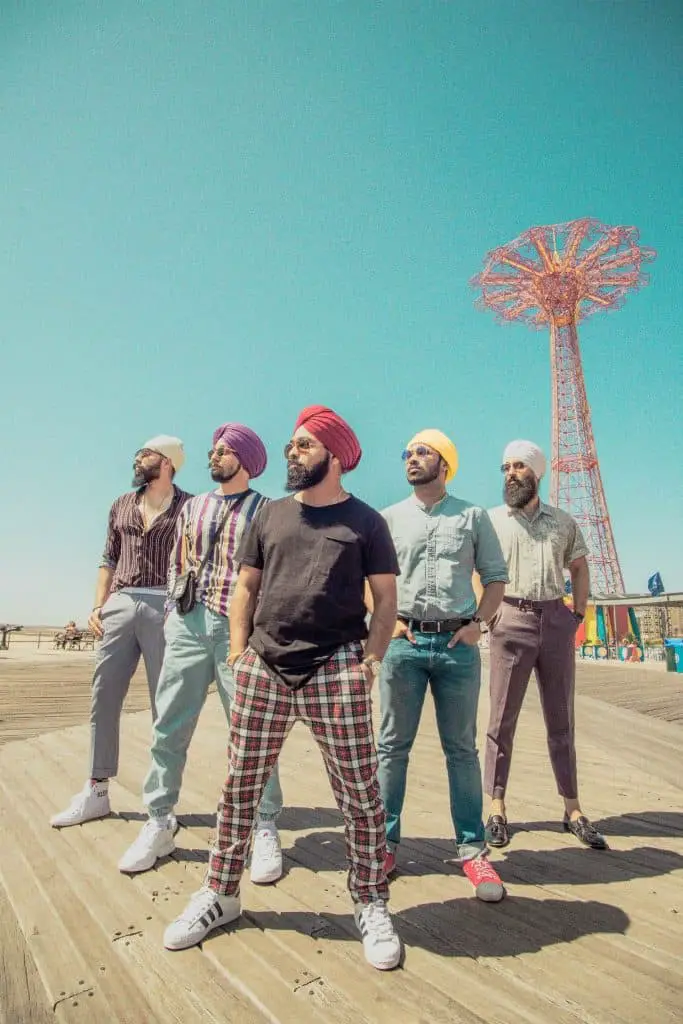
A turban can be of any color. However, some religious groups and cultures require followers to wear specific colors.
The colors can also vary depending on the culture, moods, customs, and occasion.
According to Sikh beliefs, colors like white, orange, and blue are for religious occasions, while red is for traditional Sikh weddings.
Most Muslims consider white a holy color and wear entirely white turbans. They also wear white for mourning. Dark blue turbans are popular when offering condolences. In Middle East countries, green turbans are typical as green is believed to be the color of paradise.
But if you wear a turban for non-religious reasons, you are free to pick any color and style you prefer.
7. Difference Between Turban and Hat
A turban is very different from a hat. A hat is ready for wear, and all you have to do is place it on your head. A turban is usually a long cloth, and you have you manually wrap it and secure it on your head. However, there are some pre-tied turbans available.
Also, a hat protects the head and face from the sun, whereas a turban protects only the head.
8. Difference Between a Turban and a Hijab
Hijab is a typical head covering for Muslim women. Hijab is strongly associated with Islam, while the turban is associated with many religions.
The hijab covers a woman’s head, neck, and ears, whereas a turban covers only the head and ears.
9. Difference Between Turban and Dastar
Dastar is just another word for a turban. Dastar is a Persian word that translates to the turban, and most Sikh communities refer to their turbans as Dastar.
10. History of Turban
Men first wore turbans in the Middle Eastern countries. There is evidence that ancient civilizations like Babylonians and Mesopotamians used turbans. Turbans were also a part of the army uniform of the Byzantine army.
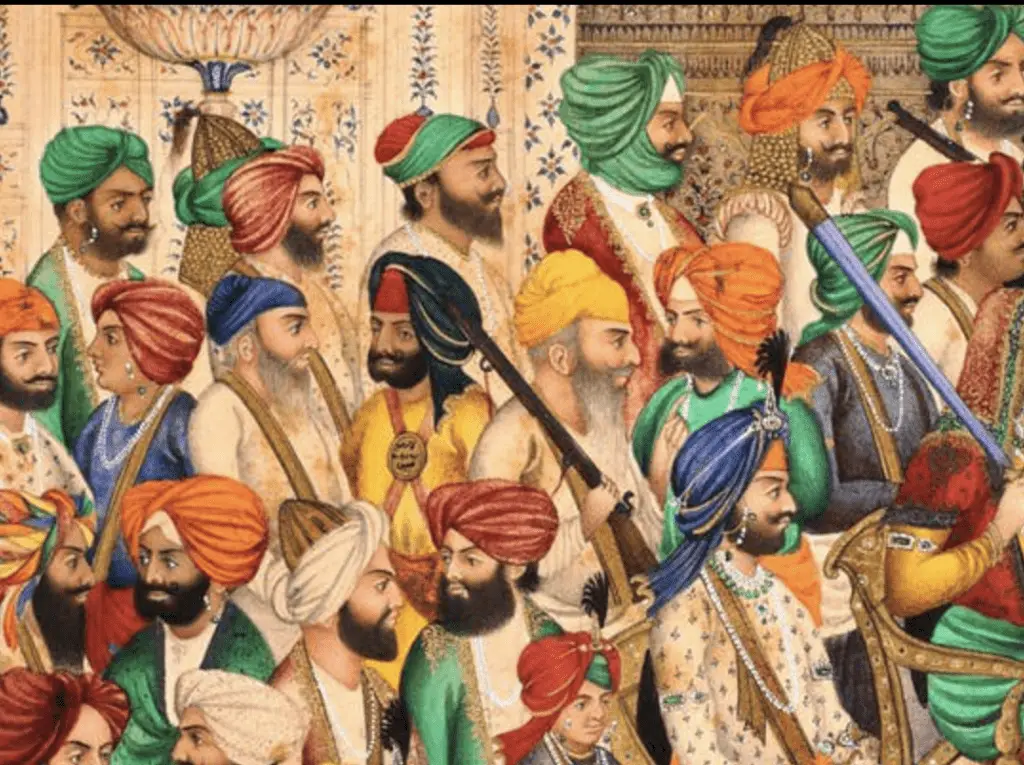
Prophet Muhammad introduced a unique white turban; a cap with a cloth tied over it. This type of turban became popular among Muslim rulers throughout history.
Initially, turbans indicated high social status. Only royals and elites wore turbans in public to showcase their status. Countries like India didn’t permit people of low caste or social class to wear turbans. The royals wore turbans made from rich fabrics and decorated with ornaments. These laws changed in the 16th century with the finding of the Mughal Empire.
The rising of Sikhism changed how people wore the turban. Sikh gurus preached that all humans are equal and anyone can wear a turban. It was a way that Sikh leaders used to remove caste bias and spread equality.
Turbans also started gaining popularity in the Middle East, Asia, Europe, and Africa because they shield the wearer from the sun and cold.
In Europe, turbans became most prevalent in the 15th and 16th centuries. Europe didn’t have many Sikh or Muslim communities that wore turbans. But turbans became somewhat of a trend among women. Women started wearing turbans as a fashion statement, a movement that remains till today.
11. Who Invented the Turban?
Turbans most likely originated from Egypt or Persia (now known as Iran). The earliest turban was recovered from a Mesopotamian royal sculpture from 2350 B.C.
This shows turbans were in style even before religious leaders made them famous. Turbans appear in the history of the Middle East, Africa, India, and Europe.
12. Why Do They Call Turban and Other Names for a Turban?
Scholars believe that the word turban comes from the Persian word dulband. The word dulband tuned to tulbana and finally to the turban.
There are a few other names for a turban. Indians call the turban pagri, pag, or safa, while the Sikh communities call it Dastar.
In Nigeria and a few other African countries, women wear a headwrap known as gele. A gele is very similar to a turban. The cloth is about 72 inches long and 36 inches wide, and women wrap it around their heads in distinct styles.
13. What Does a Turban Symbolize?
Wearing a turban symbolizes your faith in a particular religious group. In some cultures, a turban can indicate social status and occupation.
Today, turbans are most prominent among the Sikh community. For Sikh followers, a turban symbolizes honor and self-respect. A Sikh person must never place a turban on the floor, and no one must touch or remove a turban from a Sikh’s head without consent.
14. Turban Styles & Types
The turban style depends on the culture and religious opinions. A turban is usually about 5m to 8m in length and 1m in width. But the exact length and width can differ.
Flat, circular-style turbans in black or white are common among leaders in Iran.
Muslim religious leaders also wear turbans wrapped around caps. The shape of the cap eventually decides the shape of the turban. The caps can be either conical or spherical.
The turban style can vary even within a community. For example, there are a few different types of turbans in Sikhism.
When it comes to African women, the way a turban is tied can indicate their marital status. A turban with the end leaning to the left shows that a woman is single, while a turban with the end leaning to the right indicates that a woman is married.
15. What Materials Are Used to Make the Turban?
Turbans come in a variety of materials. They can be either silk, wool, or cotton. The type of fabric usually indicates the wearer’s faith and social status.
People of higher social status and wealth wear turbans from expensive materials like silk. Sometimes these turbans are woven with gold thread.
Sikh followers usually wear turbans made from cotton or starched muslin.
If a turban is worn as a fashion accessory, the material, color, and style indicate the person’s fashion sense.
16. Do Turbans Protect From Sun?
Yes, a turban will protect your head from the sun. But wearing a turban on a warm day can make you feel hot. Turbans made from cotton are best for warm climates. Cotton is light, absorbent, and reduces heat.
Now you can even find UV-protective turbans. These turbans have an upper layer of UV protective fabric which is also resistant to oil and sunscreens. The lower layer is made with cotton to keep the scalp cool and reduce sweating.
17. Do Sikhs Wear a Turban While They Sleep or Shower?
No, Sikhs are only required to wear turbans in public. They don’t have to wear a turban at home. And they certainly don’t wear it while sleeping or showering.
18. Is the Turban Still Used?
Yes, turbans are still popular. Various religious groups wear turbans as a part of their daily attire.
Women are increasingly using turbans as a fashion accessory. Many fashion designers work with turbans, giving them a modern, elegant look.
Sometimes people undergoing chemotherapy use turbans as a head wrap to cover hair loss. There are specially made turbans for cancer patients. These turbans are made from soft, non-irritating fabric for maximum comfort.
19. Best Turbans
1. Sikh Traditional Turbans
Turbans are an essential part of any sikh outfit. These cotton voile turbans come in different sizes and styles, perfect for men or boys! They’re also easy to care for – just wash them separately with mild detergents when necessary so they stay fresh all day long.
- Material: cotton voile
- Size: 5 meters
- Care Instructions: wash separately and dry in shade
- For: men
2. Turban Head Wraps for Women
The perfect accessory to make any outfit pop, these head wraps come in an array of colors and styles. They’re also lightweight enough that they won’t weigh down on long walks.
- Material: 100% Polyester
- Size: 69” of length and 32″ of width
- Care Instructions: Machine Wash
- For: Women
3. Traditional Turban
These cotton turban head wraps are a great way to keep your hair neat and tidy while abroad. Made from soft fabric, they’re perfect for any occasion – whether you need them during the day or at night!
- Material: cotton
- Size: 6.5 meters
- Care Instructions: wash it separately and dry it in shade
- For: Men & Women
Final Thoughts
Turbans are one of the most fashionable head coverings today. Although initially reserved for the high class and the socially elite, now they are popular among many religious groups.
Nowadays, turbans are most prominent among the Sikh community and are an integral part of the Sikh attire.
Turbans are very stylish if you wear them right. Numerous options are available for people who want to try a turban as a fashion accessory. They hold your hair in place, shield the head from the sun, and make you look fabulous.

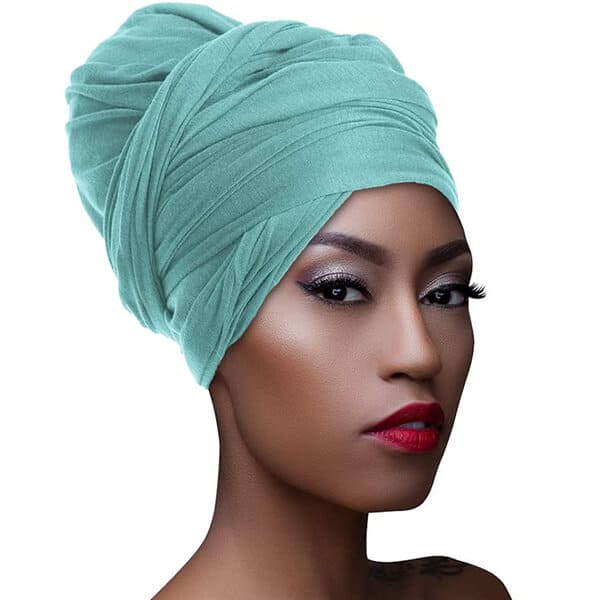
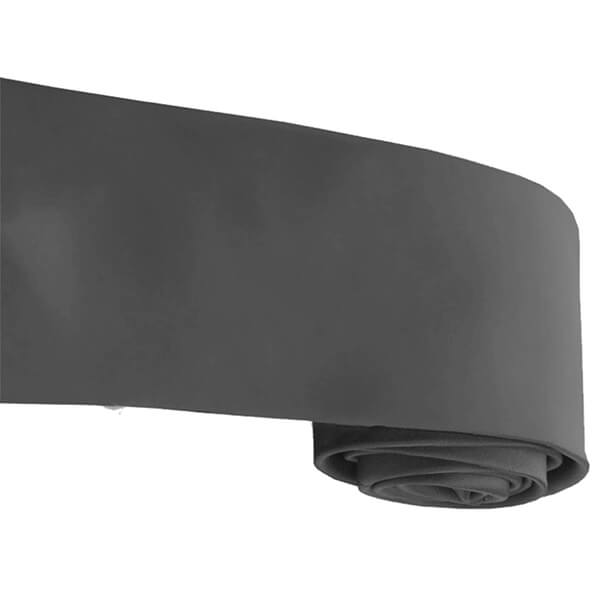
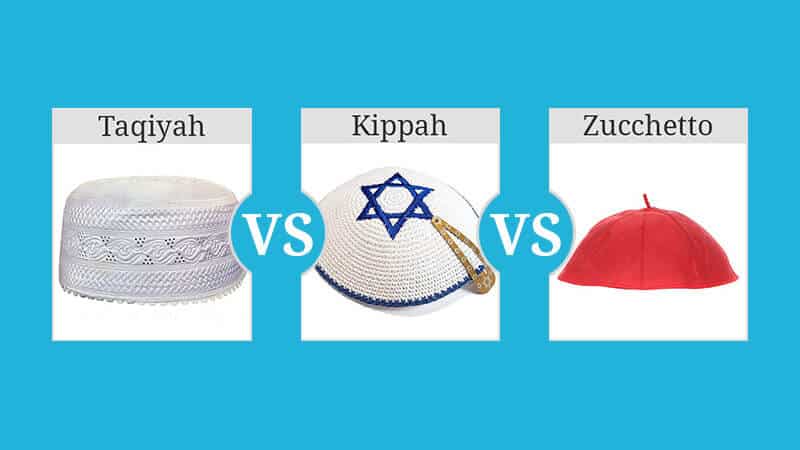
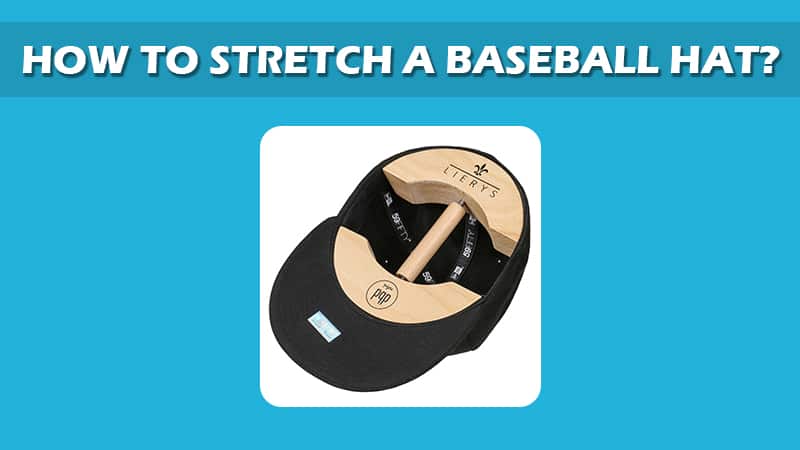

This Post Has 0 Comments